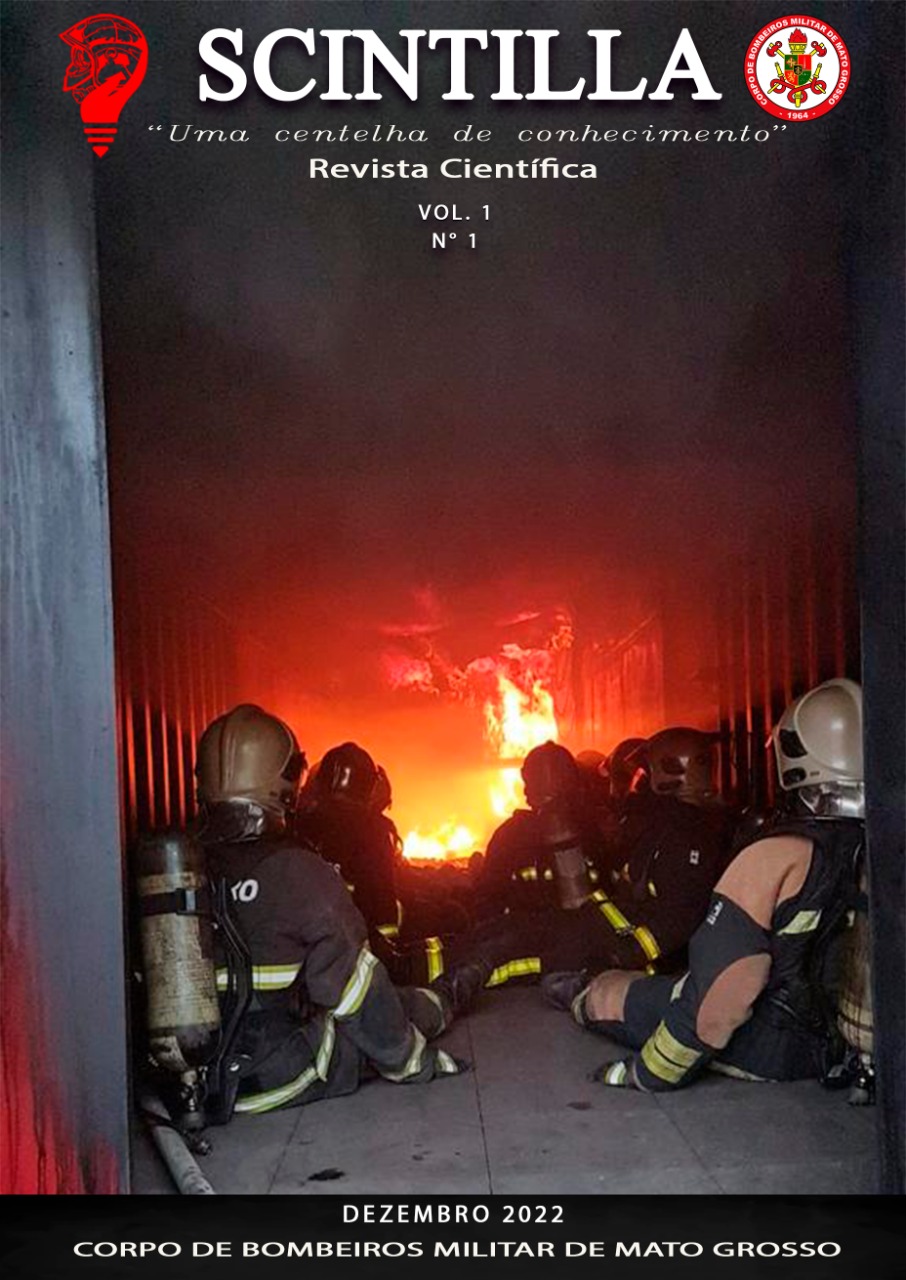CARACTERIZAÇÃO DE ÁREA QUEIMADA NO SUL DO CEARÁ
Palavras-chave:
Focos de calor, Cicatriz de fogo, Cariri cearense, AIS 19, Hot spots, Fire scarResumo
A presente pesquisa tem como objetivo geral caracterizar a área queimada na região do Cariri (Ceará) entre 2002 e 2020 através de focos de calor e de cicatrizes de fogo (incêndios/queimadas) registradas em imagens de satélite. Os dados foram coletados do BDQueimadas/INPE e do MapBiomas. O Google Earth Engine e o software QGIS foram utilizados para editar dados, processar informações e elaborar mapas temáticos. Foi registrado um total de 7978 focos de calor na Área Integrada de Segurança 19, sendo 7,5% do total do Ceará. O ano de 2003 teve o maior volume de focos (712) e no comparativo mensal, novembro desponta com 2692 focos de calor. Classificando os municípios pelo fator de proporção relativo ao tamanho de seus territórios, Missão Velha, Santana do Cariri, Abaiara, Mauriti e Araripe tiveram os maiores números. Registrou-se 26953 cicatrizes de fogo na AIS 19 no período, totalizando 1773,52 km² de área queimada (21,89% do Ceará). O ano de 2004 apresentou 3195 cicatrizes sendo o de maior registro. Os 25 municípios da AIS 19 tiveram registros de cicatrizes, destacando Araripe, Barro, Aurora, Missão Velha e Assaré. A Floresta Nacional do Araripe, inserida na AIS 19, teve 19 cicatrizes (2,73 km²) na série temporal analisada.
The present research has as general objective to characterize the burned area in the Cariri region (Ceará) between 2002 and 2020 through hot spots and fire scars recorded in satellite images. Data were collected from BDQueimadas/INPE and MapBiomas. Google Earth Engine and QGIS software were used to edit data, process information and create thematic maps. A total of 7978 hotspots were registered in the Integrated Security Area 19, 7.5% of the total in Ceará. The year 2003 had the highest volume of hotspots (712) and in the monthly comparison, November stands out with 2692 hotspots. Classifying the municipalities by the proportion factor related to the size of their territories, Missão Velha, Santana do Cariri, Abaiara, Mauriti and Araripe had the highest numbers. There were 26953 fire scars in AIS 19 in the period, totaling 1773.52 km² of burned area (21.89% of Ceará). The year 2004 presented 3195 scars, being the one with the highest number of records. The 25 municipalities of AIS 19 had scars, highlighting Araripe, Barro, Aurora, Missão Velha and Assaré. The Araripe National Forest, located in AIS 19, had 19 scars (2.73 km²) in the analyzed time series.
Downloads
Publicado
Edição
Seção
Licença
Copyright (c) 2022 Revista Scintilla

Este trabalho está licenciado sob uma licença Creative Commons Attribution-NonCommercial 4.0 International License.
Direitos Autorais para artigos publicados nesta revista são do autor, com direitos de primeira publicação para a revista. Em virtude de a aparecerem nesta revista de acesso público, os artigos são de uso gratuito, com atribuições próprias, em aplicações educacionais e não-comerciais.
A artigos publicados nessa revista, podem ser reproduzidos parcialmente ou utilizados como referência por outros autores, desde que seja cita a fonte, ou seja, a Revista Scintilla.
Copyright for articles published in this journal are the authors, with first publication rights granted to the journal. The journal showing open access , articles are free to use, with proper attribution, in educational and non-commercial.
The articles published in this journal may be reproduced in part or used as a reference by other authors, provided that the source is quoted.


